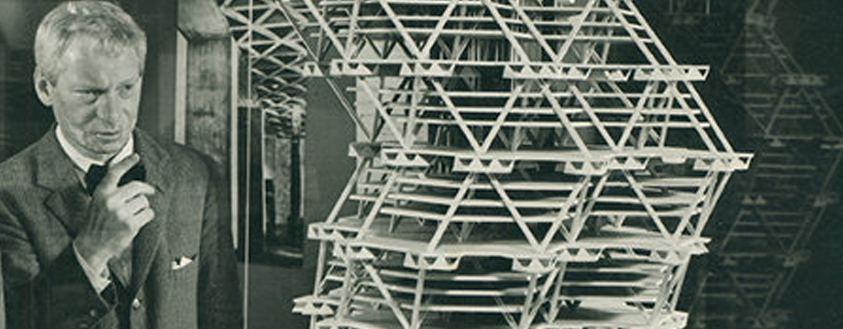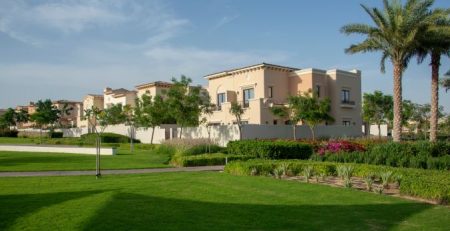Spotlight: Louis Kahn
Louis Kahn is one of the greatest architects of the 20th century. He was born in Itze-Leib Schmuilowsky in Pärnu, which today is Estonia. When he was a child he and his family migrated to Philadelphia which is where Kahn lived his entire live. He created his distinctive style in his early 50s and even though he had only two decades to confirm his method of work, as he died on the age of 73 (February 20th 1901 – March 17th 1974), still he was able to create magnificent designs and stand proud along with some of the greatest modernist architects such as Le Corbusier and Mies van der Rohe.
For his style Kahn can be considered as a late Modernist, and he was very influential in that. In 1928 during his trip to Europe he showed interest in the medieval architecture visiting castles and walled cities, rather than modern constructions. Later in his career he turned towards depth and solidity which was quite similar to the constructions of Alvar Aalto and the late designs of Le Corbusier. Some of Khan’s best known work includes the National Assembly Building of Bangladesh, the Salk Institute, the Kimbell Art Museum and the Exeter Library. His last design was for the Four Freedoms Park, located in the Big Apple, which was finally completed in 2012.
Khan was perceived as mythical both in his career as an architect and in his private life. Sometimes he was described as esoteric but he had such understanding of the architecture that many saw his as a guru, despite of his enigmatic character. He had a rather complex private life which is why his son decided to film a documentary. The documentary was called “My Architect”, which was released in 2013 and nominated for the Academy Award. In this documentary one of Khan’s contemporaries, Philip Johnson, says that Khan was his own artist and he was free, unlike many others.
He died in 1974, at the age of 73 which was a great loss for the entire industry. After visiting his Indian Institute of Management, he arrived in New York where he suffered a heart attack while he was in the men’s bathroom of the Penn Station. At that time his studio was in big debts and due to the poor communication between the police departments in New York and Philadelphia his family found out about his death two days later.
When Khan died, in his briefcase he was carrying designs for a memorial to Franklin D Roosevelt that was to be built on New York’s Roosevelt Island. These drawings are one of his last designs and they waited to see the light of day for four decades. Forty years after the death of this great architect, his last piece of work was build. It was the Four Freedoms Park that today is a testimony for his talent and dedication to his profession.
People like Khan will always be remembered for their great contribution to the world of architecture and their sacrifice to create timeless designs that will guide the future generation and show them how a masterpiece should look like.










